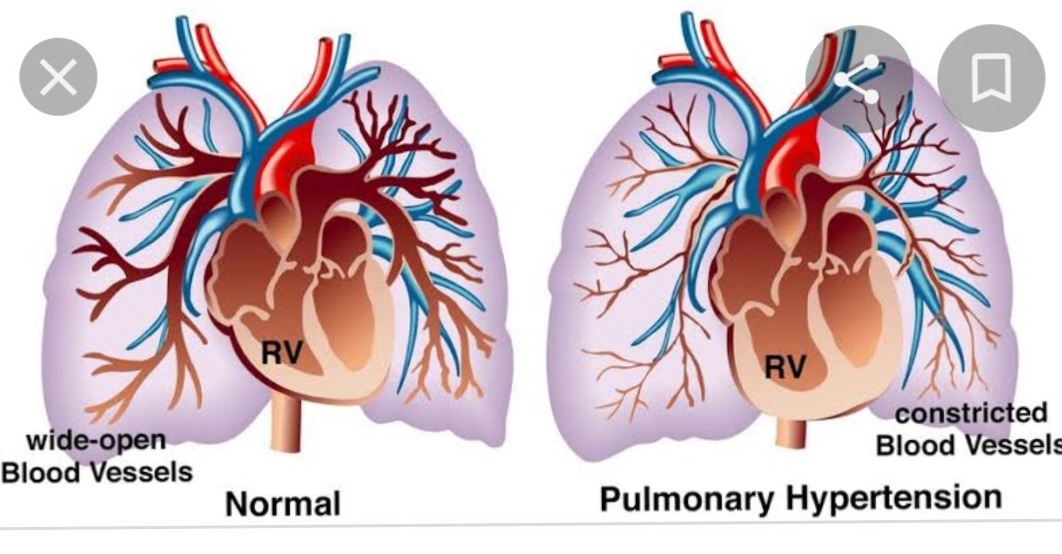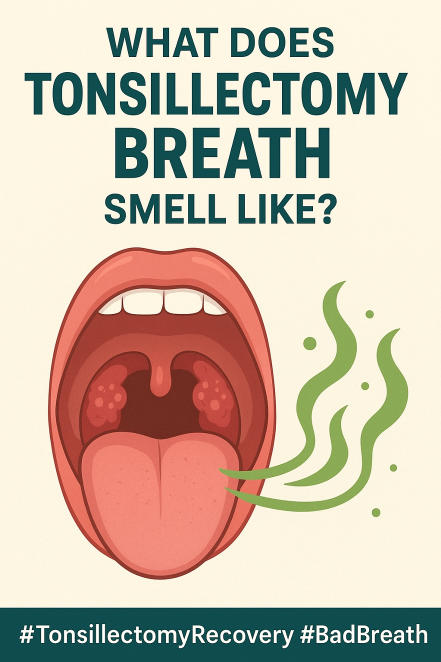Deviated Septum Surgery-various aspects-
Deviated septum surgery, often referred to as septoplasty, is a procedure that corrects a misaligned nasal septum. The operation is conducted through the nostrils.


Procedure
The surgeon adjusts, centers, and at times replaces portions of the septum.
Minor incisions might be made within the nose or between the nostrils.
Small strips of cartilage known as spreader grafts may be utilized to fix the septum.
Recovery
Typically, there is minimal discomfort following the surgery.
Swelling is generally minor.
The nose may leak and bleed slightly for 2 to 5 days.
The nose, cheeks, and upper lip might feel numb.
You should refrain from vigorous exercise for a few weeks.
You cannot blow your nose until your surgeon provides permission.
When to think about surgery
If you continue to have symptoms despite medical treatment
If a crooked septum is leading to nasal blockage
Alternative treatments for a crooked septum
Nasal sprays might alleviate symptomatic nasal blockage
Rate of success
Septoplasty boasts an extremely high success rate. The septum is nearly always repaired permanently.
Septoplasty corrects the alignment of the nasal septum. The surgeon accomplishes this by adjusting, relocating, and reinstalling cartilage, bone, or a combination of both. Surgery to repair a deviated septum could be suitable for you if your symptoms impact your quality of life. For instance, you may experience difficulties breathing through your nose or suffer from recurrent nosebleeds.
Overview
Septoplasty (SEP-toe-plas-tee) is a form of nasal surgery. It aligns the barrier of bone and cartilage that separates the area between the two nostrils. This barrier is referred to as the septum. When the septum is misaligned, it is termed a deviated septum. A deviated septum can make nasal breathing more difficult.
Throughout septoplasty, the septum is adjusted back to the center of the nose. To achieve this, the surgeon may need to cut and excise parts of the septum initially. Afterward, these excised sections may be repositioned within the nose in a corrected alignment.
Once you have recovered from a septoplasty, you will probably notice that breathing is easier. However, prior to undergoing this surgery, consult with a surgeon about what outcomes to anticipate.
A misaligned septum is prevalent. However, when it is severely misaligned, a deviated septum can obstruct one side of the nose and limit airflow. This can create difficulty in breathing through one or both nostrils.
Septoplasty corrects the nasal septum. The surgeon achieves this by cutting, repositioning, and reimplanting cartilage, bone, or both.
Surgery aimed at correcting a deviated septum could be appropriate for you if your symptoms impact your quality of life. For instance, you may experience difficulty breathing through your nose or have recurrent nosebleeds.
Risks
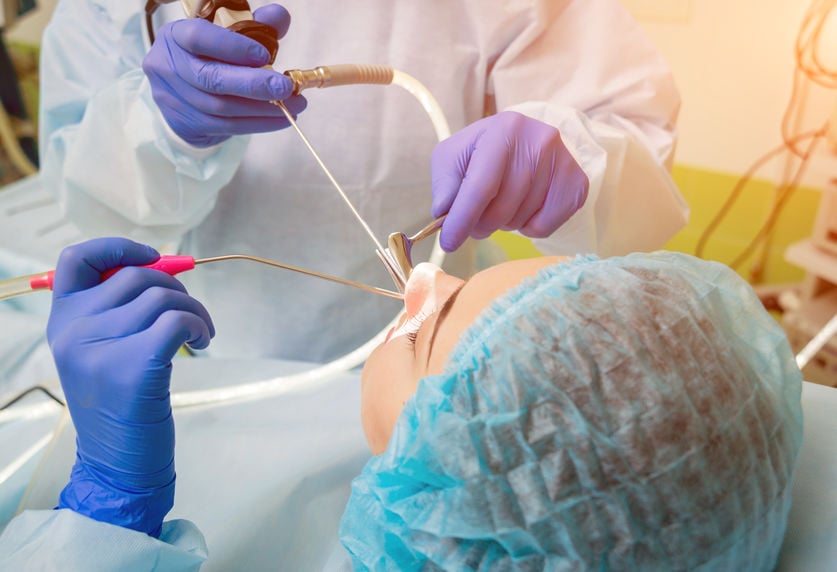

Like any significant surgery, septoplasty involves certain risks. These risks encompass bleeding, infection, and adverse reactions to the medication used to prevent pain during the operation, known as anesthesia.
Other risks unique to septoplasty include:
Ongoing symptoms, such as obstructed airflow through the nose.
Severe bleeding.
Alteration in the shape of the nose.
An opening in the septum.
Reduced ability to smell.
Accumulated blood in the nasal cavity that may require drainage.
Temporary loss of sensation in the upper gum, teeth, or nose.
Poorly healing surgical incisions, also referred to as cuts.
You might require additional surgery to address some of these health concerns. Moreover, if you did not achieve the desired outcomes from septoplasty, further surgery may be necessary. Discuss your individual risks with your surgeon prior to the operation.
How you prepare


Before scheduling a septoplasty, you will likely have a consultation with a surgeon. The surgeon will discuss the advantages and disadvantages of the procedure with you. This consultation may consist of:
Evaluation of your medical history. Your surgeon will inquire about any conditions you currently have or have had in the past. You will also be asked about any medications or supplements you are taking.
A physical examination. The surgeon will assess your skin and the internal and external aspects of your nose. You may also be required to undergo specific tests, including blood tests.
Photographs. A staff member from the surgeon’s office may take pictures of your nose from various angles. If the surgeon believes septoplasty will alter the appearance of your nose, these photographs can be used to discuss potential changes. They may also serve as a reference for the surgeon during and after the operation.
A discussion regarding your goals. You and your surgeon should converse about your expectations from the surgery. The surgeon will likely clarify what septoplasty can and cannot accomplish for you, as well as what results you might anticipate.
Food and medications
Refrain from taking medications that contain aspirin or ibuprofen (Advil, Motrin IB, others) before and after the surgery. These substances can heighten the risk of bleeding. Only take medications that have been approved or prescribed by your surgeon.
Other safety measures
If you smoke, cease smoking. Smoking increases your likelihood of encountering issues during and after surgery. It can also hinder the healing process.
What you can expect
Septoplasty straightens the nasal septum by trimming, centering, and sometimes replacing cartilage or bone. The surgeon performs the procedure through incisions made inside the nose. Occasionally, a small incision may be required between the nostrils.
If misaligned nasal bones displace the septum, the surgeon might need to make cuts in the nasal bones. This is necessary to reposition them correctly. Small segments of cartilage known as spreader grafts can assist in correcting a deviated septum, particularly when the issue is located along the bridge of the nose. Sometimes, these grafts are utilized to aid in straightening the septum.
During the procedure
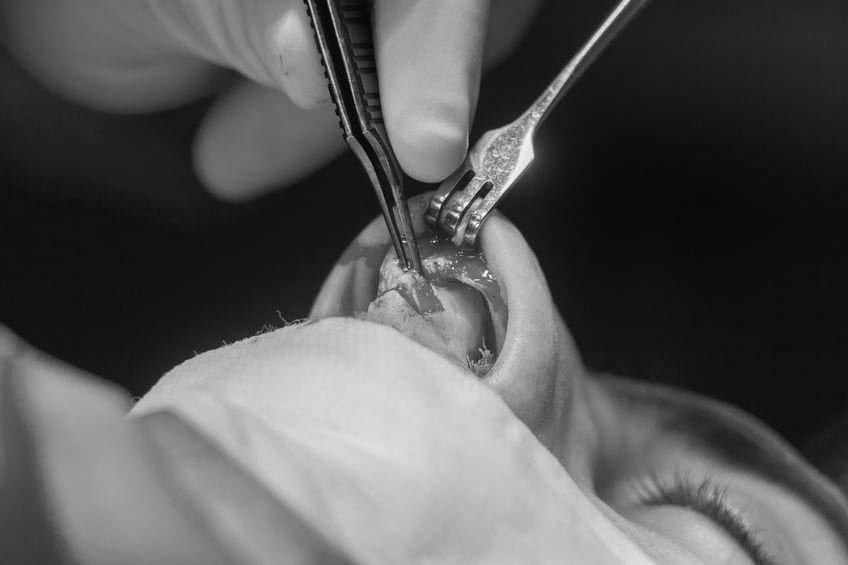

The procedure is performed using a substance that prevents you from feeling discomfort, known as anesthesia. The specific kind of anesthesia utilized is based on the complexity of your surgery and your preferences, as well as those of your surgeon.
Local anesthesia. This form of anesthesia is restricted to your nasal area. Your physician injects the pain-relieving medicine into your nasal tissues. If sedation is also necessary, this is administered through a needle placed in a vein. The medication induces grogginess but does not result in a sleep-like condition.
General anesthesia. This involves medication that you inhale or receive through a needle in a vein. General anesthesia impacts your entire body and induces a sleep-like state.
Consult with your surgeon beforehand regarding the most suitable type of anesthesia for you.
The incisions are secured using sutures that gradually dissolve on their own over time. Soft silicone splints may be inserted into each nostril to provide support to the septum. To mitigate bleeding following the procedure, your medical team may place a bandage-like material known as packing inside your nose.
Post-surgery, you are transferred to a recovery area. The staff monitors you closely. In most cases, septoplasty is performed on an outpatient basis. This implies that you will probably be allowed to return home the same day. You will require someone to transport you home.
After the operation
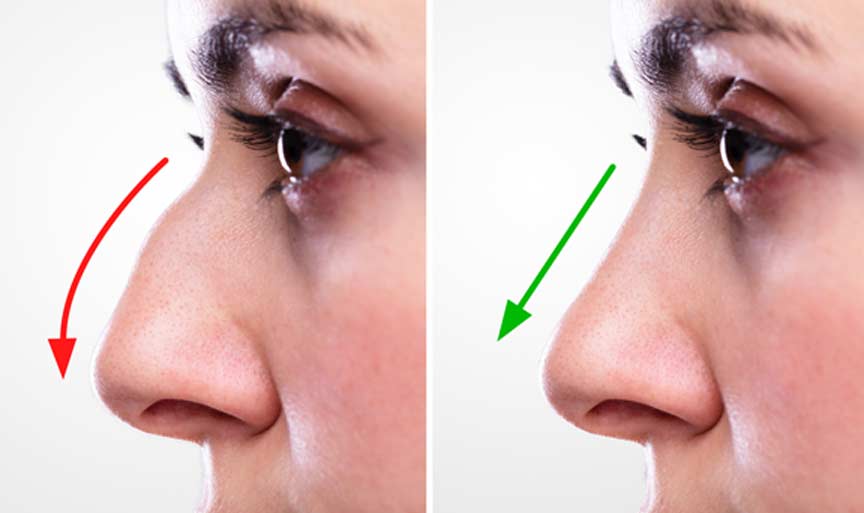

To reduce the likelihood of bleeding and swelling, your surgeon may recommend following certain safety precautions for several weeks. Depending on the scope of your surgery, it might not be necessary to adhere to all of the following:
Sleep on your back with your head elevated.
Avoid blowing your nose for at least a few weeks.
Wear clothing that fastens in the front. Do not pull garments, such as shirts or sweaters, over your head.
Refrain from heavy lifting and vigorous activities, such as aerobics and jogging, for up to six weeks. This minimizes the risk of a nosebleed.
Your surgeon will prescribe medication to alleviate discomfort.
Results
By three to six months after the surgery, the tissues in your nose should be relatively stable. However, it is still possible for cartilage and tissue to shift or alter their shape over time. Some modifications may occur for as long as a year or beyond after the surgery.
Many individuals discover that septoplasty alleviates symptoms caused by a deviated septum, such as breathing difficulties. However, results can differ from person to person.
Some individuals may find that their symptoms persist after the operation. They might opt for a second septoplasty to further refine the nose and septum.
How painful is deviated septum surgery?
There is typically minimal pain following surgery. If you feel discomfort, your surgeon might recommend over-the-counter pain relievers, like acetaminophen. Individuals who have undergone septoplasty can anticipate very slight swelling in the days subsequent to surgery.
Is it worth having deviated septum surgery?
If your deviated septum is not leading to breathing problems, sleep apnea, or other concerning symptoms, you likely do not need to take any action. However, if your situation adversely affects your quality of life, surgery might be a viable option. Typically, surgery for a deviated septum has favorable success rates, reaching up to 85%.

